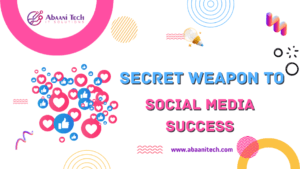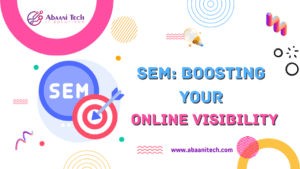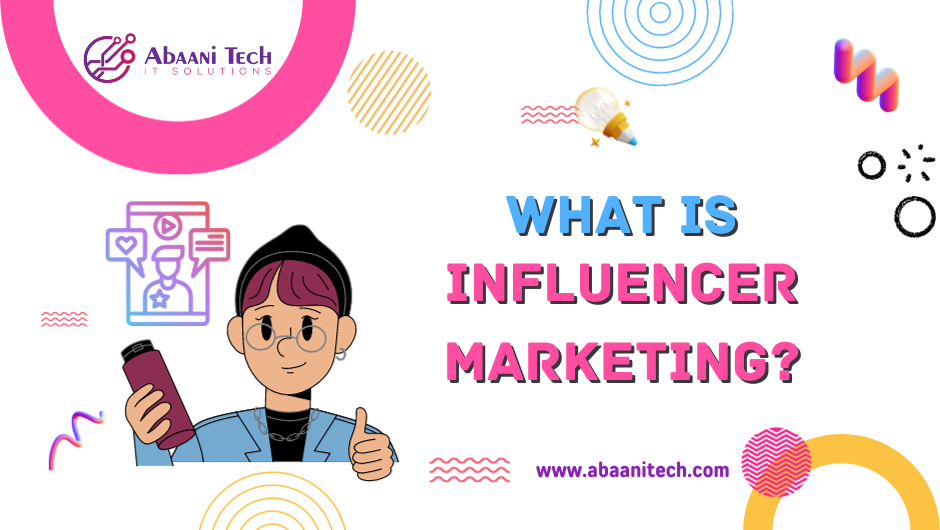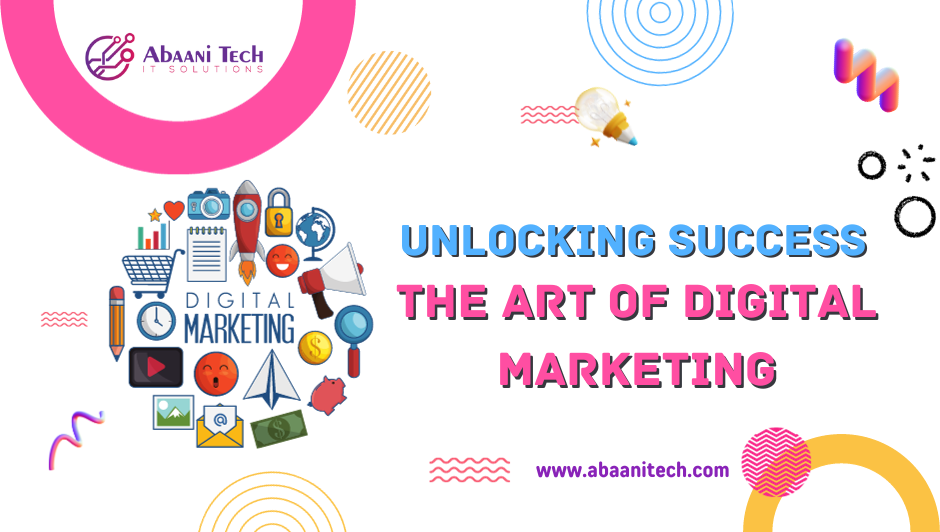Create a Winning Landing Page
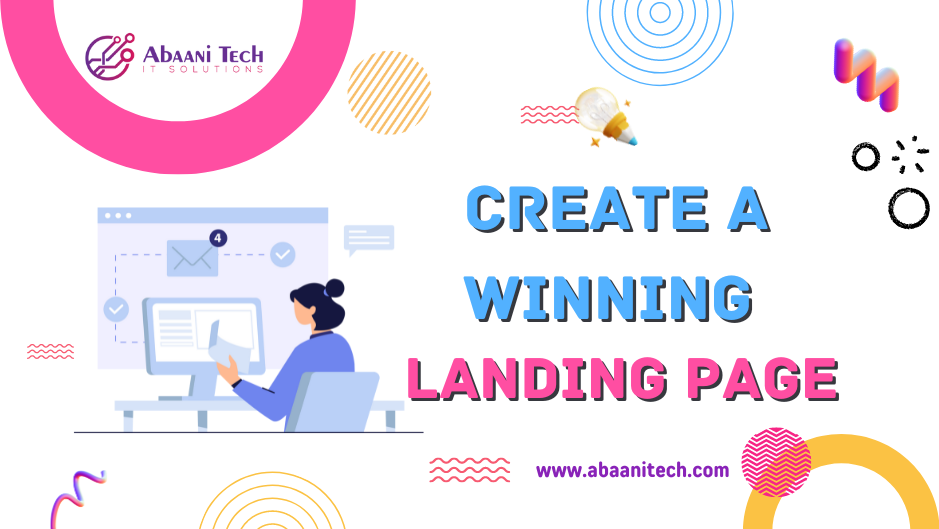

In today’s digital age, where attention spans are shorter than ever, creating a captivating landing page is crucial for any online business or campaign. A well-crafted landing page can make the difference between a potential customer converting or bouncing off your site.
In this guide, we’ll walk you through the steps to create a winning landing page that not only engages your audience but also drives conversions.
- Understanding the Importance of Landing Pages
- Defining Your Goal and Audience
- Crafting an Irresistible Headline
- Designing an Eye-Catching Layout
- Writing Compelling Copy
- Incorporating High-Quality Visuals
- Adding a Strong Call to Action (CTA)
- Implementing Social Proof
- Optimizing for Mobile Devices
- A/B Testing for Continuous Improvement
- Minimizing Loading Times
- Utilizing Forms and Data Collection
- Integrating with Analytics Tools
- Building Trust with Privacy Assurance
- Conclusion: Your Winning Landing Page
- FAQs About Creating Winning Landing Pages
Understanding the Importance of Landing Pages
Landing pages serve as the virtual storefronts of your online presence. They are dedicated pages designed with a single objective – to guide visitors toward a specific action.
Whether it’s making a purchase, signing up for a newsletter, or downloading an eBook, a well-optimized landing page can significantly enhance your conversion rates.
Defining Your Goal and Audience
Before you start designing your landing page, it’s crucial to define your primary goal and target audience. Are you looking to sell a product, generate leads, or promote an event?
Understanding your objective will help you tailor your page to meet the needs and expectations of your intended audience.
Crafting an Irresistible Headline
In the world of online content and marketing, “Crafting an Irresistible Headline” is the art of creating a compelling and attention-commanding title that serves as the gateway to your content.
The headline is the first impression visitors have of your page, and it plays a pivotal role in capturing their interest and enticing them to explore further. To achieve this, your headline should be clear, concise, and emotionally resonant, using persuasive language that addresses the pain points or desires of your target audience while effectively communicating the unique value your offer brings.
Designing an Eye-Catching Layout
A cluttered and confusing layout can drive visitors away. Keep your design clean and organized, with a clear visual hierarchy that guides users’ eyes toward the most important elements. Use contrasting colors and ample white space to enhance readability.
Writing Compelling Copy
Your copy should be informative, engaging, and focused on benefits. Address your audience’s pain points and explain how your product or service provides solutions. Use short paragraphs, bullet points, and subheadings to break up the text and make it easily scannable.
Incorporating High-Quality Visuals
Humans are visual creatures, so incorporating relevant images, videos, or infographics can significantly boost engagement. Ensure your visuals align with your message and enhance the overall user experience.
Adding a Strong Call to Action (CTA)
Your CTA is the driving force behind conversions. Make it stand out using contrasting colors and compelling text. Clearly state what action you want visitors to take, whether it’s “Buy Now,” “Sign Up,” or “Learn More.”
Implementing Social Proof
Implementing Social Proof refers to the strategic incorporation of evidence that highlights positive interactions and experiences of others with your product, service, or brand. This practice taps into the natural human tendency to trust the opinions and actions of those around us.
By showcasing testimonials, reviews, case studies, or social media shares, you aim to build credibility, foster trust, and demonstrate that your offering has provided tangible benefits to previous customers or users.
Optimizing for Mobile Devices
With mobile usage on the rise, your landing page must be fully responsive and optimized for various screen sizes. Ensure fast loading times and a seamless experience across devices.
A/B Testing for Continuous Improvement


A/B testing, also known as split testing, is a dynamic methodology used in the process of refining and enhancing your landing page’s performance. This approach involves creating two or more versions of your landing page, with each version differing in specific elements such as headlines, call-to-action (CTA) buttons, visuals, or layout.
Visitors are randomly shown one of these versions, and their interactions and behaviors are tracked and analyzed. The goal is to compare the performance of these variations and identify which elements are most effective in driving user engagement and conversions.
Here’s a detailed breakdown of this concept:
1. Ongoing Improvement: Creating a winning landing page is not a one-time endeavor. It’s an iterative process of continuous improvement based on real-world data and user feedback.
2. A/B Testing Process:
- Variations: Create multiple versions of your landing page, each with a single element changed (e.g., a different headline or CTA text).
- Random Allocation: Randomly direct incoming visitors to one of these variations.
- Data Collection: Monitor and track user interactions, such as click-through rates, conversion rates, and engagement metrics.
- Analysis: Compare the performance of each variation to determine which one yields better results.
3. Testing Different Elements: A/B testing allows you to experiment with various elements, including:
- Headlines: Test different headlines to see which one resonates most with your audience.
- CTAs: Experiment with different CTA colors, wording, and placement to optimize click-through rates.
- Visuals: Test different images or videos to determine which ones capture users’ attention.
- Layout: Try different layouts to assess which one enhances user navigation and engagement.
4. Data-Driven Improvements: Analyze the results of your A/B tests to identify trends and insights. Make informed decisions about which elements to keep, modify, or discard based on actual user behavior.
Minimizing Loading Times
Loading times refer to the amount of time it takes for your landing page to fully load and become accessible to users. Minimizing loading times is critical to providing a positive user experience and reducing bounce rates (when users leave your page quickly due to slow loading times).
Here’s a detailed breakdown of this concept:
1. Impact of Slow Loading Times: Slow loading times frustrate users and can lead to higher bounce rates, negatively affecting engagement and conversions.
2. Optimization Strategies:
- Image Optimization: Compress images to reduce file sizes without compromising quality.
- Minimize Server Requests: Limit the number of requests made to the server by optimizing code and reducing unnecessary elements.
- Browser Caching: Use browser caching to store static resources locally, reducing the need to re-download them on subsequent visits.
3. Content Delivery Networks (CDNs): CDNs distribute your content across multiple servers around the world, reducing the physical distance between the user and the server and thus improving loading times.
4. Mobile-Friendly Optimization: Ensure your landing page is optimized for mobile devices, as slow loading times are particularly detrimental on smaller screens.
Utilizing Forms and Data Collection


Forms are valuable tools for collecting information from your landing page visitors. When utilized effectively, they can contribute to lead generation and provide insights into user preferences and behavior.
Here’s a detailed breakdown of this concept:
- Lead Generation: Forms are commonly used to capture user information, such as names and email addresses, which can be used for follow-up marketing efforts.
- Strategic Placement: Place forms strategically on your landing page where they are most likely to attract attention and encourage interactions.
- Reducing Friction: Keep forms concise and only ask for essential information. Minimizing the number of required fields reduces user effort and increases form submissions.
- Data Collection and Insights: Collected data can provide valuable insights into user demographics, preferences, and behaviors, helping you tailor your offerings and marketing strategies.
- Testing and Optimization: A/B tests different form designs, placements, and fields to identify the most effective configuration for maximizing form submissions.
Incorporating these strategies into your landing page optimization efforts can lead to improved user experiences, higher engagement, and increased conversions.
Integrating with Analytics Tools
Integrating with Analytics Tools refers to the process of incorporating specialized software, such as Google Analytics, into your website or landing page to track and analyze various metrics that provide valuable information about how visitors interact with your content. This enables you to understand user behavior, identify areas for improvement, and refine your approach for better results.
Building Trust with Privacy Assurance
In the digital landscape, where personal data is exchanged for various online services, ensuring the security and privacy of user information is paramount. “Building Trust with Privacy Assurance” refers to the practice of incorporating measures that instill confidence in visitors regarding the protection of their data when they interact with your website or landing page.
Conclusion: Your Winning Landing Page
Crafting a winning landing page requires a combination of strategic planning, compelling content, and user-centric design. By understanding your audience, setting clear goals, and continuously optimizing based on data, you can create a landing page that not only captivates but also converts.
Get the best landing page service at Abaanitech!!
FAQs About Creating Winning Landing Pages
- What is a landing page, and why is it important?
A landing page is a dedicated web page designed to guide visitors toward a specific action, such as making a purchase or signing up. It’s important because it can significantly impact conversion rates.
- How do I choose the right headline for my landing page?
Choose a headline that resonates with your audience’s needs or desires. Highlight the unique value your offer provides and use persuasive language.
- Why is mobile optimization crucial for landing pages?
Mobile optimization ensures that your landing page looks and functions well on various devices, improving the user experience and engagement.
- What is A/B testing, and why should I do it?
A/B testing involves comparing two versions of a landing page to determine which performs better. It helps you make data-driven improvements for higher conversions.
- How can I build trust with visitors on my landing page?
Include social proof like testimonials and reviews, and assure visitors of data privacy with a clear privacy policy.



